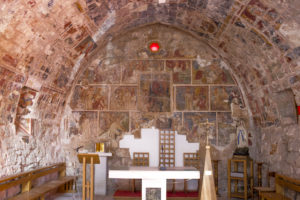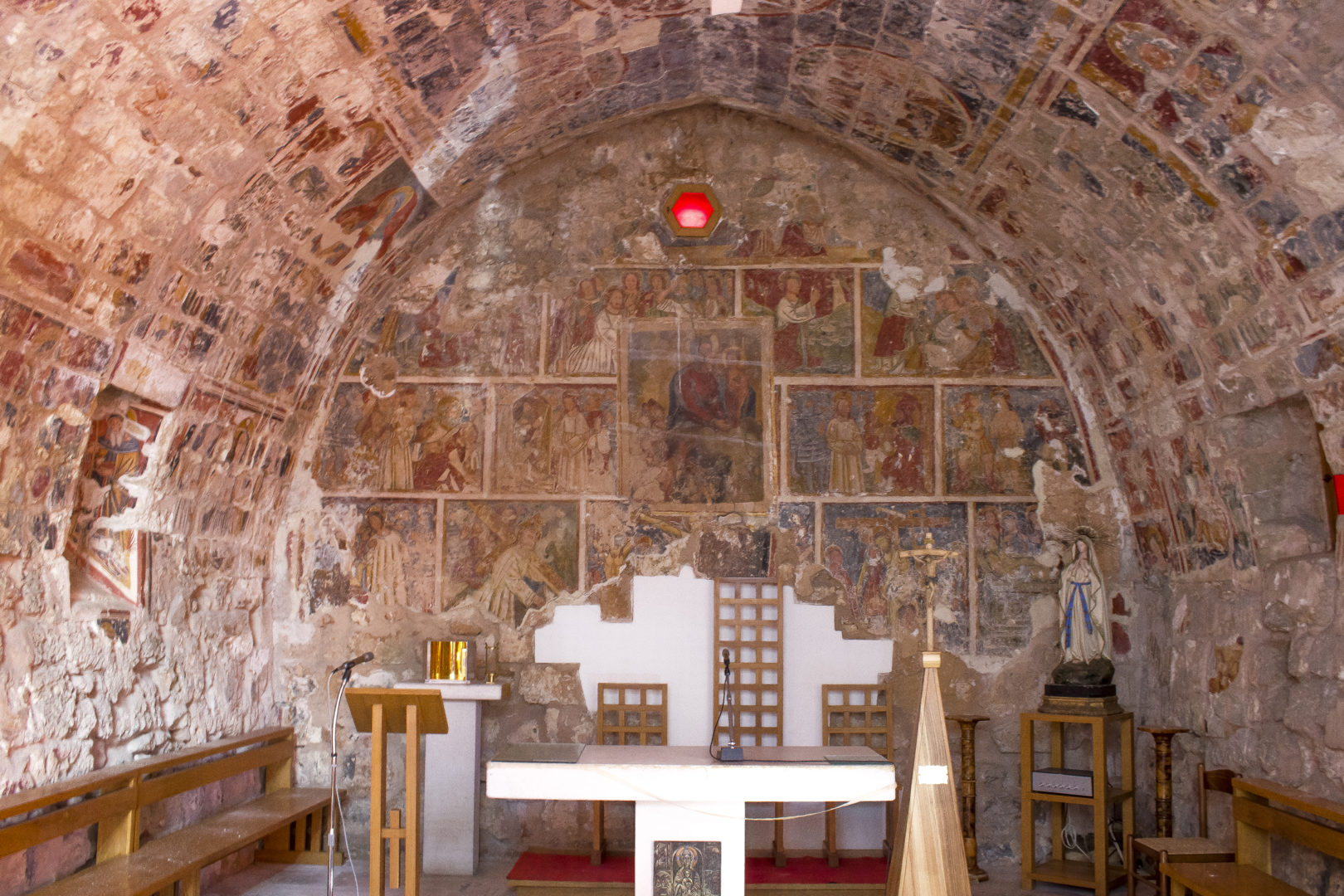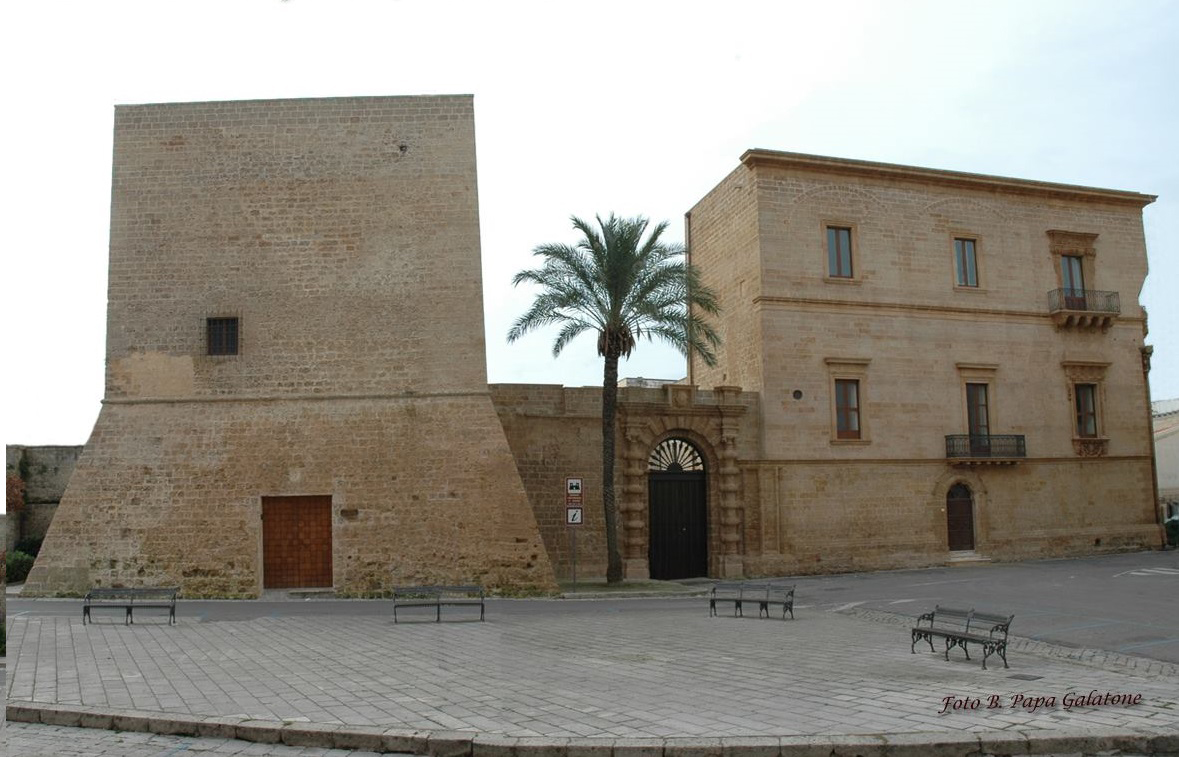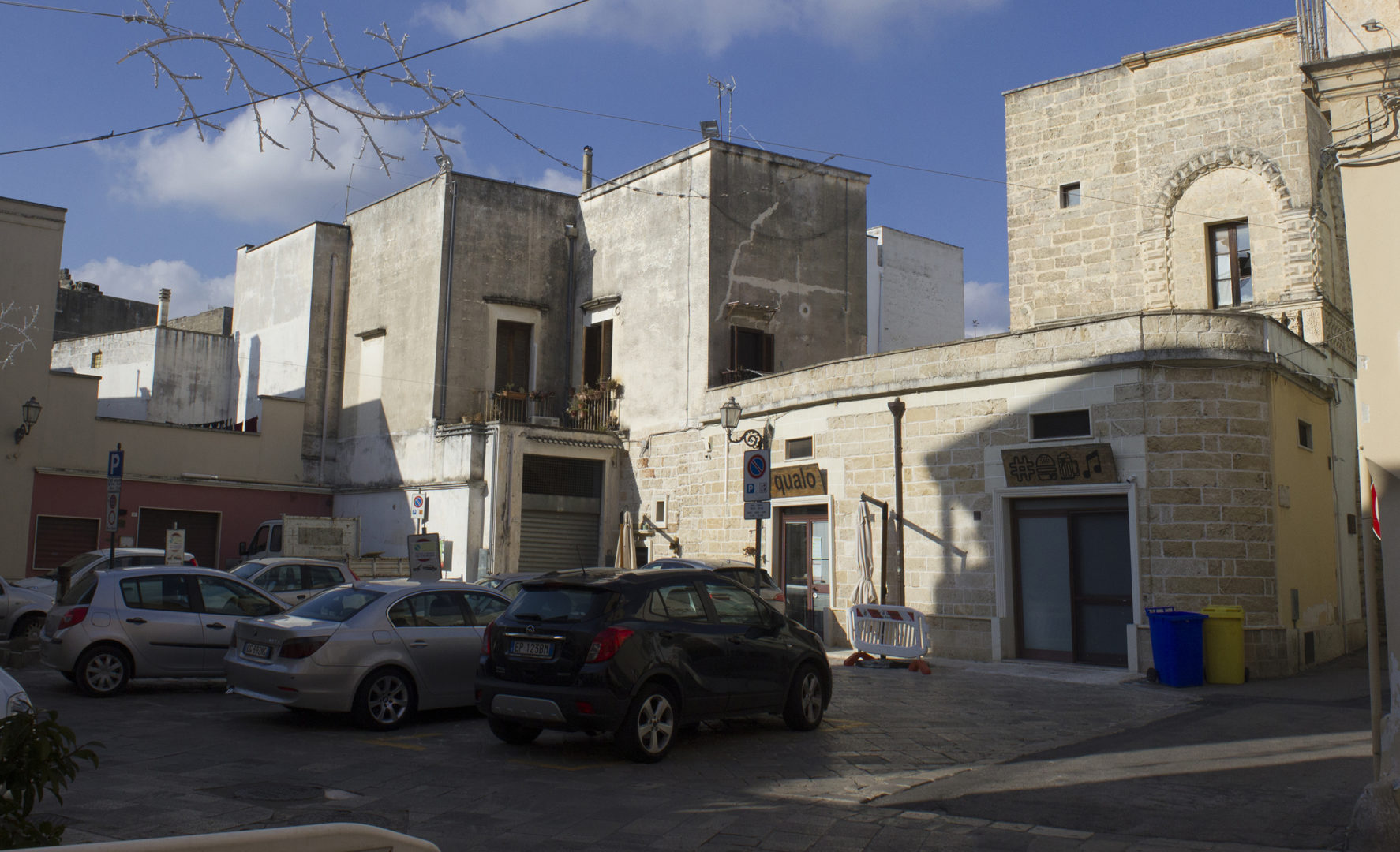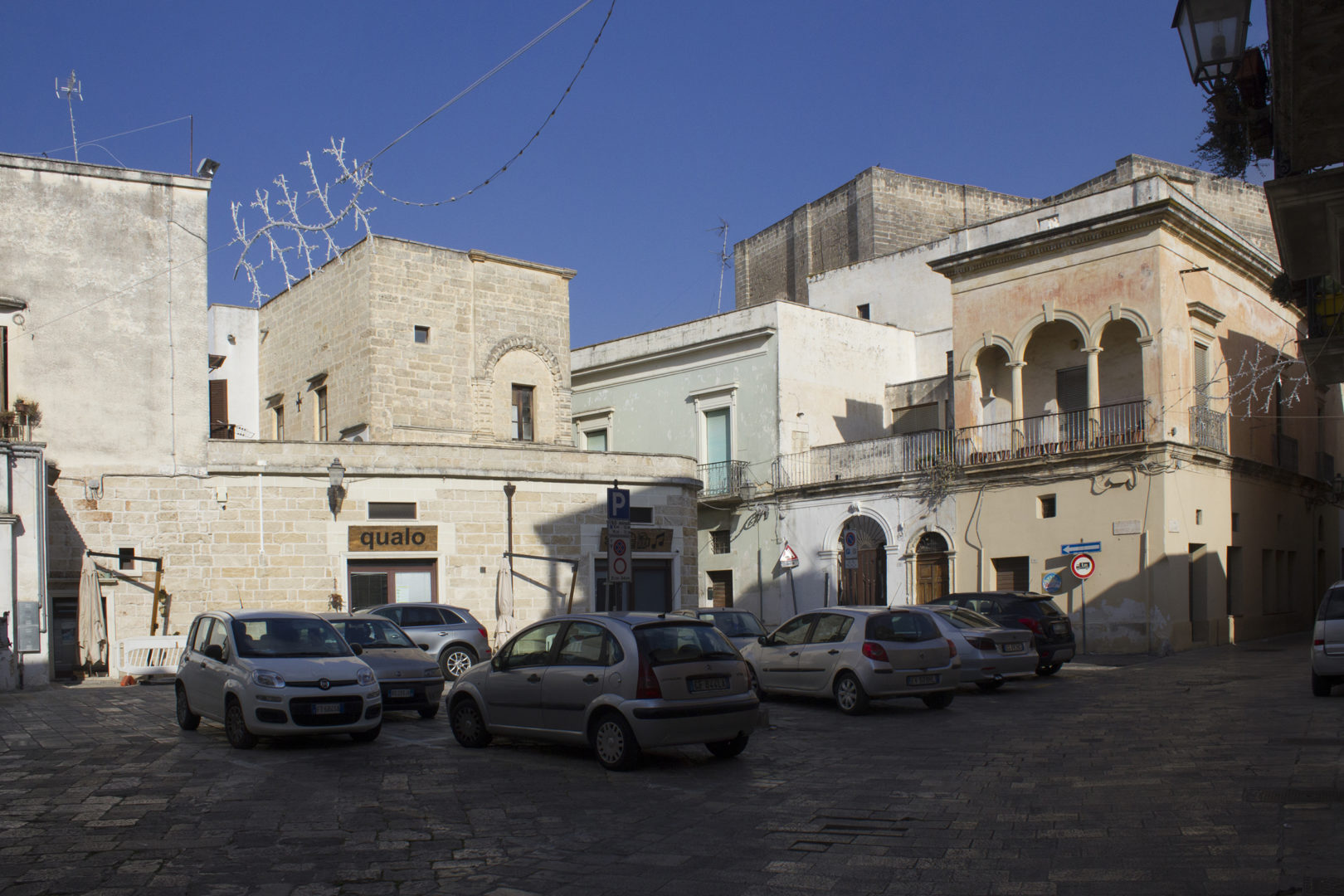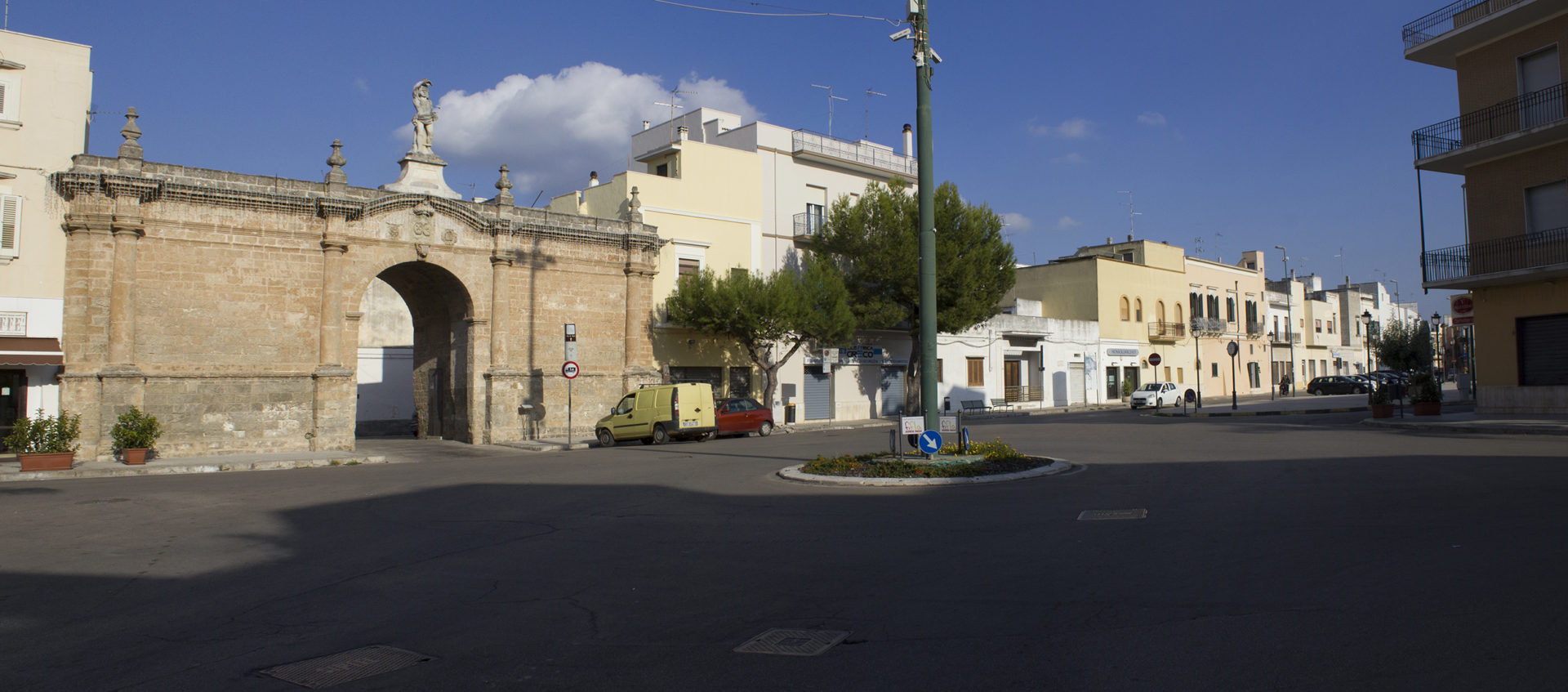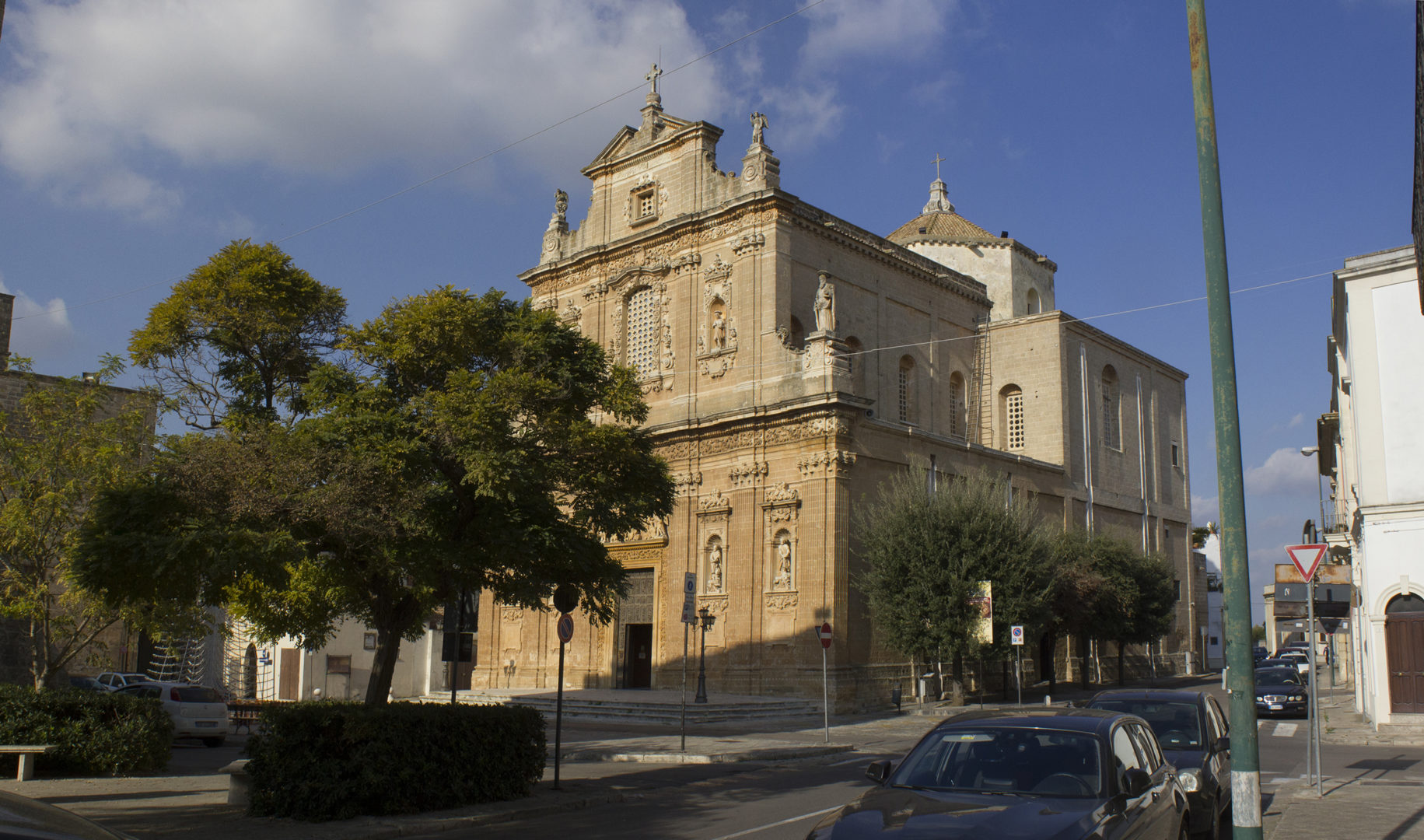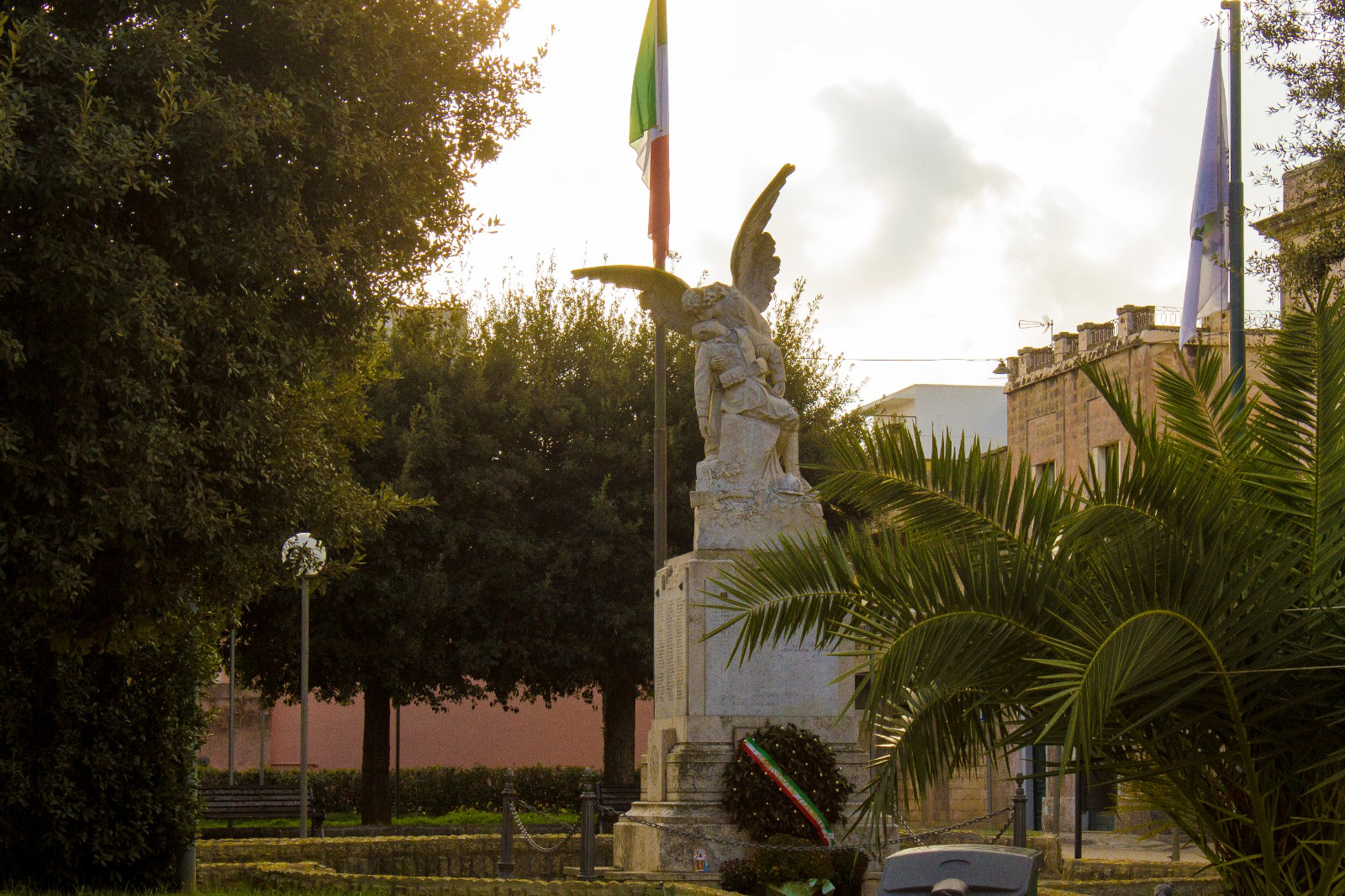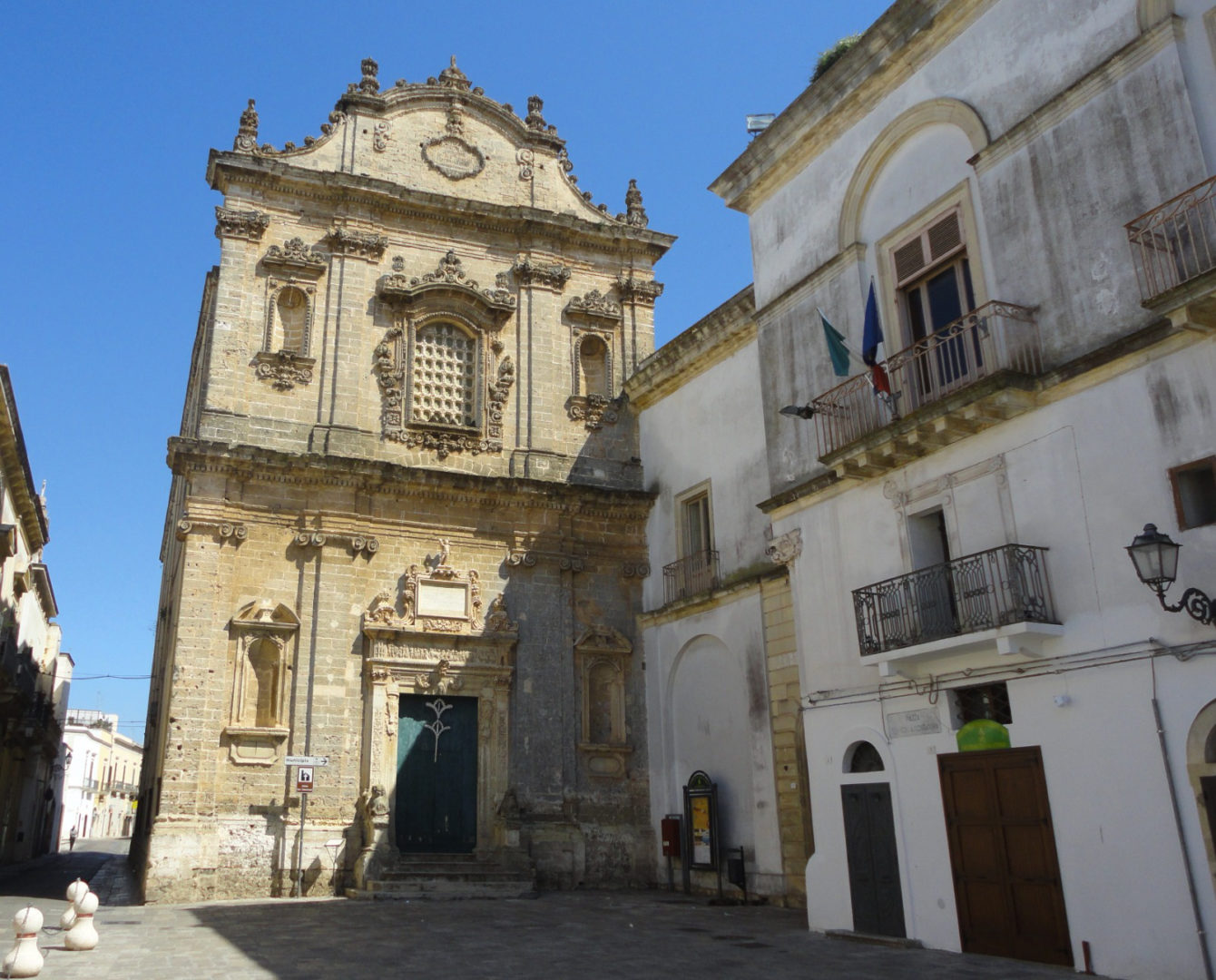Guided Tour of Galatone
Galatone: a mix of art, culture and traditions makes this land unique for the inhabitants and fascinating for visitors. The historical and artistic profile, the monuments and the testimonies are among the various reasons to visit Galatone and enjoy a unique experience.
Galatone is located a few km from the Ionian Sea, 24 km from Lecce. The town has over 16,000 inhabitants. Its name most likely derives from the Greek “gàla” which means milk, in fact the first civic emblem depicted a sheep with a bucket of milk around its neck.
A very important intellectual of Galatone was Antonio De Ferraris known as “il Galateo”. He combined a vast humanistic erudition with scientific notions and also an appreciated medical practice. “De Situ Japygiae” (written in 1510-11) was for centuries the most authoritative historical-geographical treatise about Salento and our tour starts right from the statue of him near the Pro Loco office.
The tour continued into the baroque church of the Crucifix, built out after having witnessed the miracle in which the image of Jesus changes the position of the hands. On July 2, 1621, the miracle took place in front of a small crowd of faithful in prayer. This episode aroused such emotion as to induce the community to erect the church in 1623.
Reached Marchesale Palace and the fifteenth-century Torre Pignatelli we visit a “proto-industrial” oil mill and the marquis rooms, now used as a radio and Leonardo Da Vinci museum, which offer us a splendid view of the Sanctuary and the Mother Church from above.
Entering the historic center we admire several “Case a corte”, the typical Salento popular houses and then we come across the “Column of Shame” which once had the function of “political asylum”.
Leaving “Porta San Sebastiano”, the saint of the city, the only survivor of the 3 monumental access gates to the historic center, we also have the opportunity to visit an extraordinarily well-preserved underground oil mill.
Dedicated to the Saint, there is also the Church of San Sebastiano whose original structures date back to the 1500s, was rebuilt in the 1700s after being damaged by an earthquake.
Crossing the old Dominican Convent, now the town hall, we return to Piazza del Crocefisso and we end our guided tour, with a tasting of typical local products.




